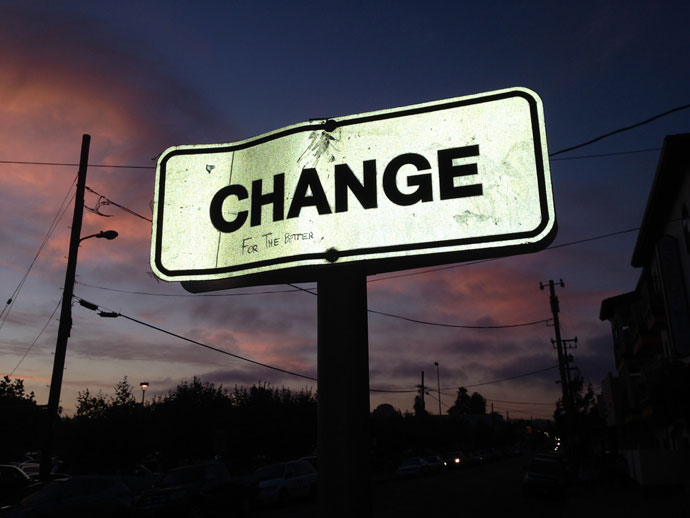New Year, New Attitude
Jan 15, 2024
Most of what occurs in the commercial and industrial property market occurs because of attitudes. There are certainly some times that physical events have a direct (and/or indirect) impact on the market. Earthquakes and floods will always impact values in locations they strike.
But more often, market trends are influenced and indeed formulated by the attitude that participants take to events that occur around us. When a general election is upcoming is one example. Except in very rare instances, we can be sure that the market will stall in the month or six weeks prior to an election. And that is simply because the prevailing attitude is that , well, there is an attitude of uncertainty as to what might happen after said election. If commonsense was applied we would know that the civil service would be too busy with yoga retreats and political correctness training sessions to ensure that very little of consequence took place for at least six months.
But when a certain view is expressed, for instance that yields will rise, and then that view is repeated often enough, then that attitude will often prevail. No matter if the logic behind the view is obscure or inconsequent, if repeated often enough, then it becomes a self-fulfilling prophecy. And a change in certain attitudes is what we saw start to happen in the weeks prior to Christmas, and we predict will continue and escalate as we start the new year’s trading. Some of the attitudes which are gaining currency are:
- There is an attitude evolving that yields mirroring the OCR is too simplistic. Just as the major bank’s interest rates are starting to diverge from the OCR, so too are yields not simply tracking interest rates. There are numerous reasons for this, including that for investors the reasons for investing in industrial property or placing funds on bank deposit is not just about return on investment. Very often the aspect of inflation hedging will trump the immediate return. Which means that the yield is linked more closely to factors such as lease length and tenant quality, than the OCR.
- Also coming to the fore is the attitude that a premium for quality is well justified. During the heady days when the previous government was printing money, the price differential between quality and the rest virtually disappeared. But now we are seeing an appreciation that a quality property will need less money spent on maintenance, and will attract a better quality tenant. Translated into price that means a significant differential again opening up.
- Realism is coming into the attitude all of us take to the major banks. We now know that none of them really want to lend (for industrial property purchases ) to new customers, and are reluctant to increase exposure to existing clients. The days when a vendor could give 10 working days for finance to a purchaser are long gone. Realistically it is now 20 working days, and even more when the bank comes back on Day 19 asking a question that has already been answered on Day 2.
- Whilst we are not going to see interest rates return to the very low numbers that prevailed 3 years ago, we also know that new build costs are very definitely more than the cost of existing buildings. We also know that inflation is going to make it tougher for many businesses – particularly smaller ones. And we do know that quality generic, well located and maintained industrial buildings will always be in demand. And that demand for both leasing and purchasing is very definitely returning.
All of which favours 2024 to be a much more positive experience than 2023

Recently Posted
- A changing market
- Apr 09, 2024 - Same, same and more same
- Apr 02, 2024 - New Year, New Attitude
- Jan 15, 2024 - Reflection and Anticipation
- Dec 18, 2023 - State of the Nation
- Nov 27, 2023